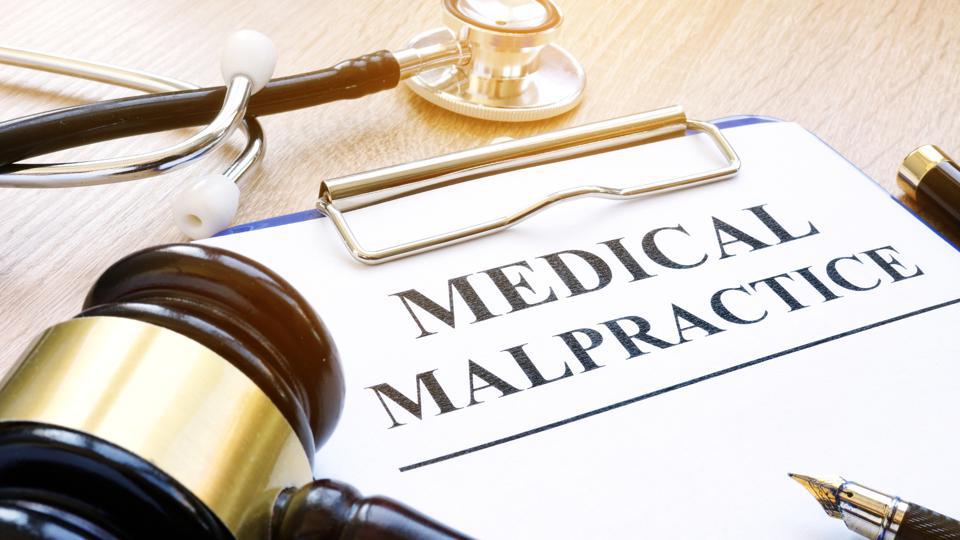Introduction
Medical malpractice in the realm of plastic surgery represents a serious breach of trust between patient and practitioner. Understanding the avenues of legal recourse available in such cases is paramount for patients who have suffered harm. This article delves into the intricacies of medical malpractice in plastic surgery and outlines the legal procedures and considerations involved in pursuing justice.
Elements of Medical Malpractice in Plastic Surgery
Standard of care
In the field of plastic surgery, the standard of care refers to the level of treatment that a competent plastic surgeon would provide under similar circumstances. This standard is based on the prevailing practices within the medical community and may vary depending on factors such as the complexity of the procedure and the patient’s individual characteristics. Adherence to the standard of care is essential for ensuring patient safety and minimizing the risk of medical malpractice claims. Expert testimony from qualified plastic surgeons is often crucial in establishing the applicable standard of care in a particular case.
Breach of duty
A breach of duty occurs when a plastic surgeon fails to meet the established standard of care, thereby deviating from the expected level of treatment. Examples of breaches in plastic surgery may include surgical errors, improper technique, failure to obtain informed consent, or inadequate post-operative care. Proving negligence requires demonstrating that the surgeon’s actions or omissions fell below the accepted standard of care and directly contributed to the patient’s harm. This typically involves a thorough review of the medical records, consultation with medical experts, and analysis of the specific circumstances surrounding the alleged malpractice.
Causation
Causation is a critical element in medical malpractice claims, as it establishes the link between the surgeon’s breach of duty and the patient’s resulting harm. To succeed in a malpractice lawsuit, the plaintiff must demonstrate that the surgeon’s actions or omissions were the proximate cause of the injuries suffered. This often requires presenting medical evidence, such as expert testimony or diagnostic imaging, to establish the causal relationship between the surgeon’s conduct and the patient’s adverse outcomes. Establishing causation can be complex, particularly in cases involving multiple factors or pre-existing medical conditions.
Legal Procedures for Medical Malpractice Claims
Filing a complaint
The process of pursuing a medical malpractice claim typically begins with the filing of a complaint against the responsible parties. This involves initiating legal proceedings in the appropriate court and serving the defendants with formal notice of the allegations against them. It is essential to adhere to the statute of limitations governing medical malpractice claims, as failure to file within the prescribed time frame may result in forfeiture of the right to seek compensation. Consulting with an experienced malpractice attorney can help ensure compliance with procedural requirements and maximize the chances of a successful outcome.
Pre-trial discovery
During the pre-trial discovery phase, both parties engage in the exchange of information and evidence relevant to the case. This may include requesting documents, conducting depositions, and submitting written interrogatories to the opposing party. Depositions allow attorneys to question witnesses under oath, including the plaintiff, defendant, and expert witnesses. The information gathered during the discovery process plays a crucial role in shaping the legal strategy and preparing for trial. Expert witnesses, such as board-certified plastic surgeons, may provide testimony regarding the standard of care, breach of duty, and causation issues.
Trial and settlement
The resolution of a medical malpractice claim may occur through either trial or settlement negotiations. At trial, both parties present their arguments and evidence before a judge and jury, who ultimately decide the outcome of the case. Settlement negotiations offer an alternative to trial and may result in a mutually acceptable resolution without the need for protracted litigation. The decision to pursue trial or settlement depends on various factors, including the strength of the evidence, the potential for a favorable verdict, and the desire to avoid the uncertainties and costs associated with litigation. Collaborating with experienced legal counsel can help plaintiffs navigate the complexities of the legal process and make informed decisions regarding the best course of action.
Damages and Compensation
Types of damages
In medical malpractice cases, damages refer to the financial compensation awarded to the plaintiff for the injuries and losses suffered as a result of the defendant’s negligence. Damages may be categorized as economic, non-economic, or punitive, depending on the nature of the harm and the applicable legal standards. Economic damages encompass quantifiable losses such as medical expenses, lost wages, and rehabilitation costs. Non-economic damages compensate for intangible losses such as pain and suffering, emotional distress, and loss of enjoyment of life. Punitive damages may be awarded in cases involving egregious misconduct or intentional wrongdoing, with the aim of punishing the defendant and deterring similar conduct in the future.
Compensation considerations
The amount of compensation awarded in a medical malpractice case depends on various factors, including the severity of the injuries, the extent of the harm, and the long-term effects on the plaintiff’s life. Economic damages seek to reimburse the plaintiff for actual financial losses incurred as a result of the malpractice, such as medical bills and lost income. Non-economic damages aim to compensate the plaintiff for the physical and emotional pain and suffering endured as a result of the malpractice. Additionally, plaintiffs may be entitled to compensation for future medical expenses, ongoing treatment, and diminished earning capacity resulting from their injuries. Calculating the appropriate amount of compensation requires a careful analysis of the specific facts and circumstances of the case, as well as consideration of relevant legal principles and precedents.
Factors influencing compensation
Several factors may influence the amount of compensation awarded in a medical malpractice case, including the severity and permanence of the injuries, the impact on the plaintiff’s quality of life, and the degree of negligence or misconduct on the part of the defendant. Plaintiffs with catastrophic injuries or significant disabilities may be entitled to substantial compensation to cover the costs of ongoing medical care, rehabilitation, and support services. Likewise, plaintiffs who have experienced profound physical or emotional suffering as a result of the malpractice may receive higher awards for non-economic damages. Other factors that may affect compensation include the jurisdiction in which the case is litigated, the availability of insurance coverage, and any applicable statutory caps or limitations on damages.
Conclusion
In conclusion, medical malpractice in plastic surgery represents a serious breach of trust and responsibility. Understanding the elements of medical malpractice claims and the legal procedures involved in pursuing recourse is essential for patients who have suffered harm as a result of negligent or wrongful conduct. By consulting with experienced malpractice attorneys and pursuing their legal rights, victims of medical malpractice can seek justice, hold accountable those responsible for their injuries, and obtain the compensation they deserve. Additionally, raising awareness about patient rights and safety standards in plastic surgery can help prevent future incidents of malpractice and promote greater accountability within the medical profession.


